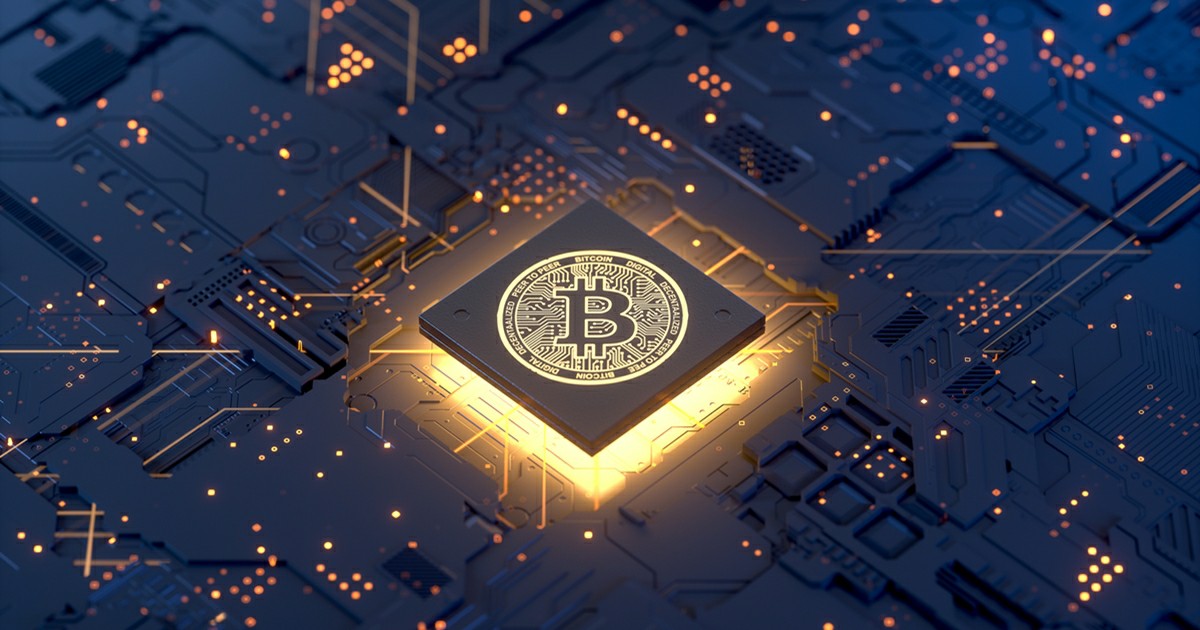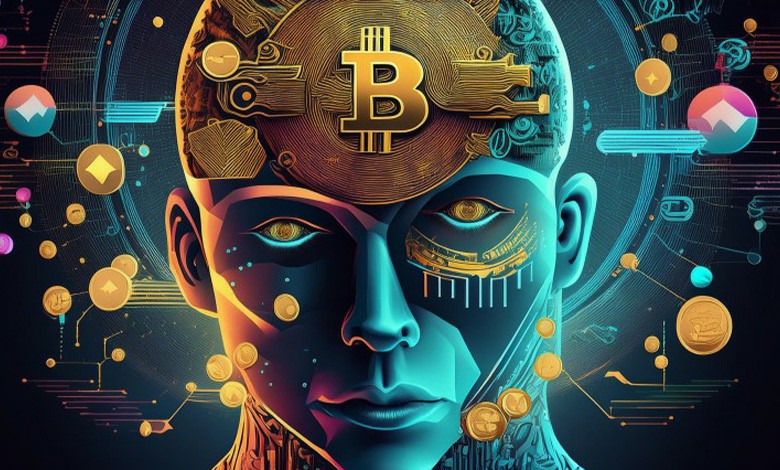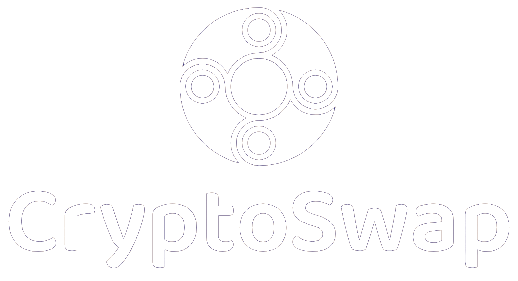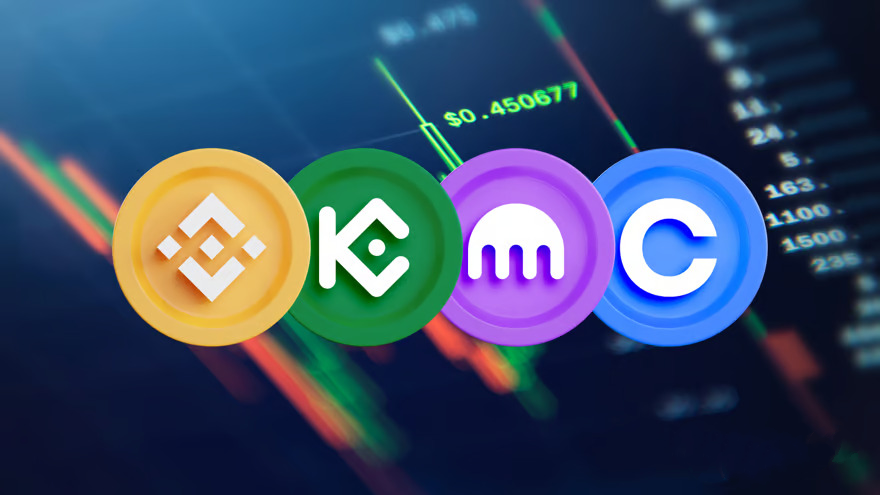
Token swaps have become an integral part of the cryptocurrency ecosystem, allowing users to exchange digital assets in a decentralized manner. As blockchain technology continues to evolve, the future of token swaps holds exciting potential for faster, more secure, and scalable solutions. In this article, we will explore the emerging trends and innovations shaping the future of token swaps and how blockchain technology is advancing to meet the growing demands of users.
1. The Rise of Layer 2 Solutions
One of the most significant advancements in blockchain technology is the development of Layer 2 solutions, such as Optimistic Rollups and Zero-Knowledge Rollups (ZK-Rollups). These solutions are designed to improve the scalability and efficiency of blockchain networks, particularly Ethereum, by processing transactions off-chain while still leveraging the security of the main blockchain.
Layer 2 solutions can significantly reduce gas fees and transaction times, which are critical factors for token swaps. As more decentralized exchanges (DEXs) integrate Layer 2 solutions, users can expect faster and cheaper token swaps without compromising security or decentralization. Platforms like Arbitrum and Polygon are already enabling faster and more affordable token swaps on Ethereum, and their adoption is expected to grow.
2. Interoperability Between Blockchains
As the blockchain ecosystem expands, there is an increasing demand for cross-chain interoperability, allowing token swaps to happen seamlessly between different blockchain networks. Currently, many tokens are confined to their native chains, making cross-chain swaps a challenge.
Blockchain projects like Polkadot, Cosmos, and Chainlink are working on interoperability solutions that will allow users to swap tokens across multiple blockchains without relying on centralized exchanges or third-party intermediaries. Cross-chain bridges and decentralized exchange aggregators are already enabling users to swap tokens across networks like Ethereum, Binance Smart Chain (BSC), Solana, and more. The future of token swaps will involve greater fluidity between ecosystems, allowing for a wider range of tokens to be traded seamlessly.
3. Integration of Decentralized Identity (DID) Systems
Another promising development in blockchain technology is the integration of Decentralized Identity (DID) systems. DID systems provide users with more control over their personal data, allowing them to securely interact with decentralized applications (dApps) and platforms without relying on centralized identity providers.
As token swaps become more prevalent, integrating DID systems will improve the user experience by enabling secure and seamless authentication for trading. This could also help reduce the risk of identity theft and fraud, as users will retain full control over their personal information. By leveraging DID, token swaps can become more secure and user-friendly, fostering greater adoption in the broader cryptocurrency ecosystem.
4. The Emergence of Decentralized Autonomous Organizations (DAOs)
Decentralized Autonomous Organizations (DAOs) are organizations governed by smart contracts and community voting, with no central authority. DAOs are gaining traction in the DeFi space, and their role in token swaps is expected to grow.
DAOs can help improve the governance of token swap platforms by allowing the community to vote on important decisions, such as fee structures, liquidity pools, and token listings. This decentralized approach ensures that platforms remain transparent, secure, and aligned with the interests of users. DAOs could also be used to incentivize liquidity providers and users to participate in token swap markets, further decentralizing the ecosystem and improving the overall user experience.
5. Privacy and Security Enhancements
As token swaps become more common, privacy and token security will continue to be a key focus for blockchain developers. Many current decentralized exchanges do not offer complete privacy for users, leaving transaction details visible on the blockchain.
To address these concerns, privacy-focused technologies such as zk-SNARKs (zero-knowledge succinct non-interactive arguments of knowledge) and MimbleWimble are being integrated into DeFi platforms. These technologies allow users to trade tokens while keeping their transaction details private and secure. Additionally, privacy coins like Monero and Zcash could play a role in token swaps, offering a higher level of confidentiality for users who prioritize privacy.
The future of token swaps will likely see more platforms adopting privacy-enhancing technologies, ensuring that users can trade assets securely while maintaining their privacy.
6. Artificial Intelligence (AI) and Machine Learning (ML) in Token Swaps
As blockchain technology continues to advance, the integration of Artificial Intelligence (AI) and Machine Learning (ML) could revolutionize token swaps. AI and ML can be used to predict market trends, optimize liquidity, and improve trade execution.
AI-powered tools could help users make better decisions when swapping tokens by analyzing vast amounts of data and identifying patterns in market behavior. Additionally, machine learning algorithms could be used to optimize token pricing, ensuring that trades occur at the best possible rates. This could help minimize slippage, improve price discovery, and enhance the overall trading experience.
Moreover, AI and ML could be used to identify and mitigate potential risks in token swaps, such as smart contract vulnerabilities or market manipulation, further improving the security of decentralized exchanges.
7. The Role of Stablecoins in Token Swaps
Stablecoins, digital assets pegged to stable assets like fiat currencies (e.g., USDT, USDC, DAI), have already become a staple of the DeFi ecosystem. They offer stability in a volatile market, making them ideal for trading and token swaps.
In the future, stablecoins are expected to play an even more significant role in token swaps by offering a stable medium of exchange across various DeFi platforms. Additionally, with the growing adoption of central bank digital currencies (CBDCs), token swaps involving stablecoins and CBDCs could become more prevalent, bridging the gap between traditional finance and DeFi.
Conclusion: A Bright Future for Token Swaps
The future of token swaps is promising, driven by advancements in blockchain technology that address scalability, interoperability, privacy, and security. As Layer 2 solutions, cross-chain interoperability, decentralized identity systems, DAOs, and AI/ML technologies continue to evolve, token swaps will become faster, more secure, and more accessible.
The integration of privacy enhancements and the growing role of stablecoins will also contribute to a more seamless and efficient token swap experience. As these innovations unfold, the decentralized finance ecosystem will continue to thrive, empowering users to trade digital assets in a secure, private, and decentralized manner.
Blockchain technology is continuously evolving, and the future of token swaps is undoubtedly bright. As the space matures, token swaps will become an essential part of the global financial landscape, offering new opportunities for users, developers, and businesses alike.






No Comments